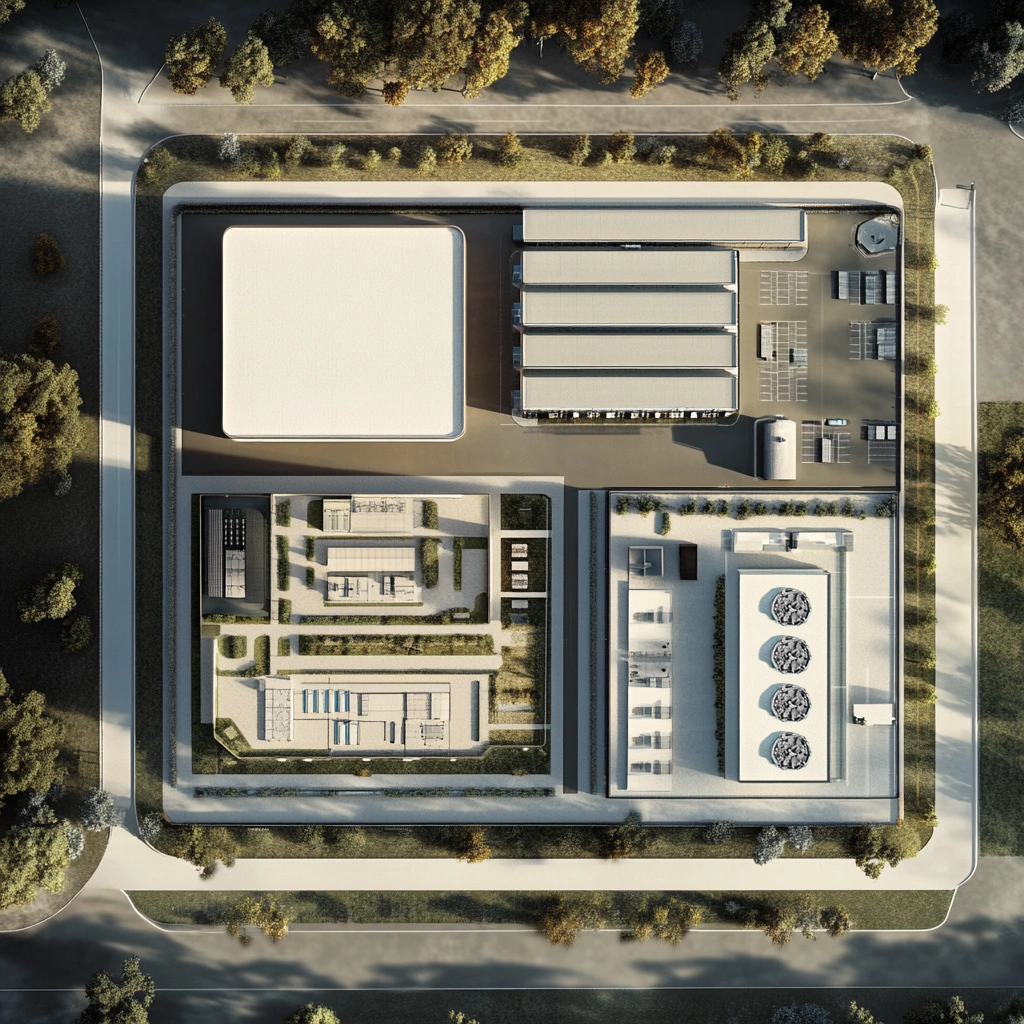Small Modular Reactors (SMRs) are revolutionizing the way we generate power.
Innovation meets sustainability
SMRs Deliver Clean Energy, Anytime, Anywhere.
Small Modular Reactors (SMRs) are a new generation of nuclear power technology designed to provide clean, reliable, and scalable energy solutions with enhanced safety and efficiency.
Unlike traditional large-scale nuclear plants, SMRs are compact and flexible, making them an ideal choice for a wide range of energy needs.

The Heart of Energy Generation
Turbine Halls are the powerhouse of clean energy, where high-pressure steam drives cutting-edge turbines to generate reliable, carbon-free electricity.
Designed for efficiency and durability, these state-of-art facilities maximize performance while ensuring seamless integration with modern grid systems. With advanced engineering and precision controls, they deliver unmatched reliability for the world’s growing energy needs.
Efficient Energy Conversion
Steam-driven turbines generate electricity with high efficiency.
Long-lasting Technology
Turbines can operate for over 30 years before major maintenance.
Modern Engineering
Similar to conventional power plants but with enhanced sustainability.

The future is here
SMRs are Changing the Energy Landscape
Reliable
Consistent power generation
Clean
Zero carbon emissions
Sustainable
Designed to last for generations